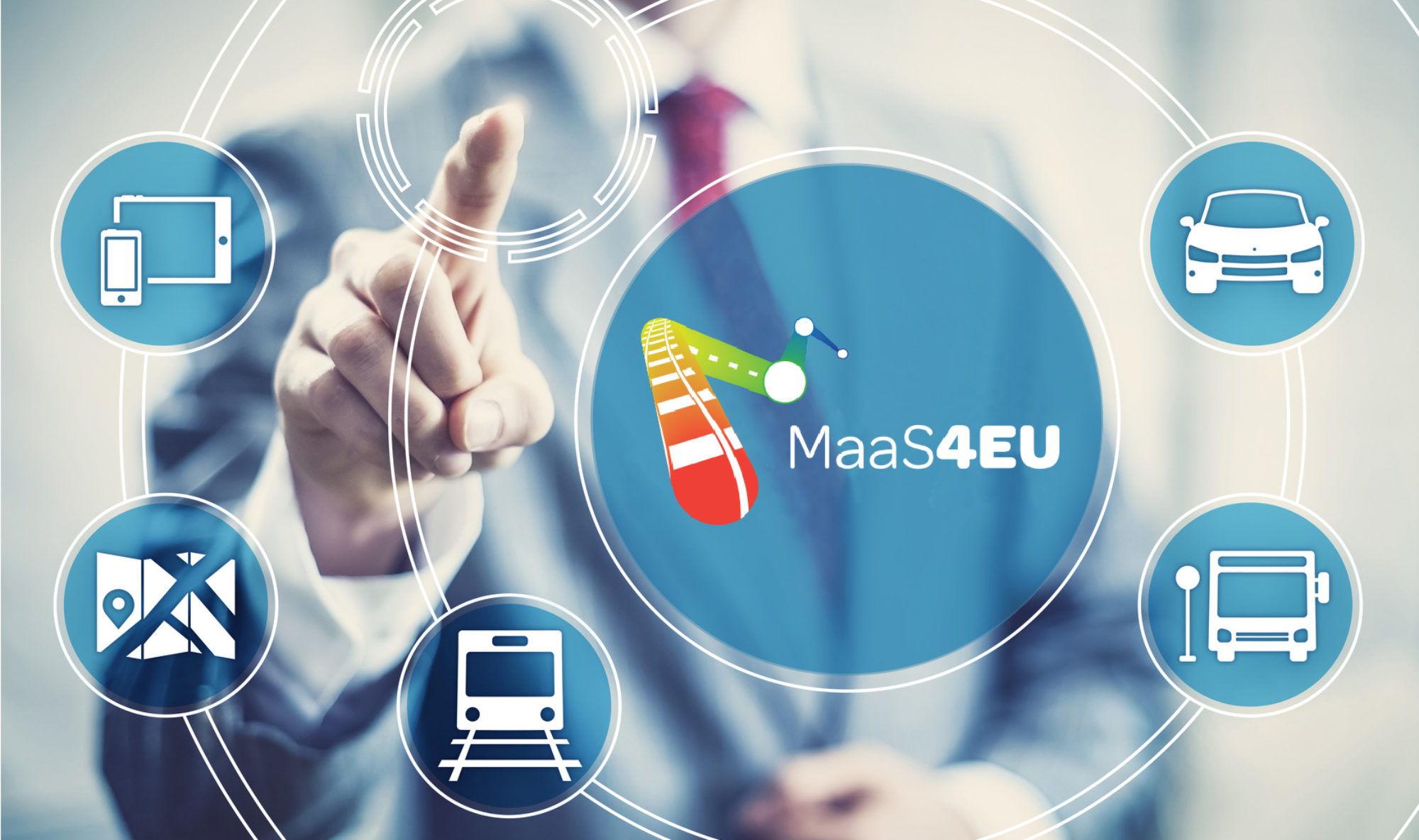What do we really know about MaaS? With so many points of view, how can we objectively assess the potential of the concept? Is it possible to once and for all decide on its place in the making or breaking the future of transportation?
In an article written by Matt Cole, President of Cubic Transportation System (full story here), MaaS has been defined as “a combination of public and private transportation services within a given regional environment that provides holistic, optimal and people-centered travel options, to enable end-to-end journeys paid for by the user as a single charge, and which aims to achieve key public equity objectives”.
Any MaaS effort should aim to help cities to achieve the following 10 objectives:
- Limit congestion, particularly during peak travel periods;
- Reduce car ownership, car usage and the number of vehicles on roads;
- Use existing infrastructure more effectively and create economies of scale;
- Ease pressure on the transportation network;
- Enable better traffic and capacity management;
- Improve the customer experience by presenting the transportation network as an integrated system;
- Cater to all travelers, young and old, able and less-able, the wealthy and the economically disadvantaged;
- Create a model that supports the funding of infrastructure;
- Lessen the overall environmental impact of transportation;
- Work in a driver-controlled and autonomous environment.
Setting clear objectives is not only helpful in assessing and quantifying the effectiveness of MaaS initiatives, but it also can help direct investment and choice of technology and agree to the appropriate level of regulation.
Public transit must act as the driving force behind MaaS initiatives, acting as facilitator of partnerships, enabler of innovation and guardian of cities’ and the public’s interests.
https://citiesofthefuture.eu/technology-and-autonomous-vehicles-will-disrupt-mobility-the-next-decade/
Technology, and the change of demographics in the twenty-first century, will make connected cars and automated mobility services the next big business for electronics manufacturers, more than computers and smartphones. Accordingly, cities need a new mobility ecosystem.
Cities may be able to absorb more people, but not more cars. Deploying more mass transit services will reduce the problem, but personal transportation will still be necessary. That’s why ride-sharing autonomous cars, which can be used many times during the day by different passengers, will substitute for most car ownership, as we know it.
The electronics industry is investing heavily. Autonomous car-sharing promises new personal transportation. For example, “Low-income households will likely reap enormous advantages in improved access to transport services, similar to the gains in access to low-cost mobile phone services.”
Public transport can’t supply all urban mobility services. Self-driving rideshare cars will provide the solution to all of those problems. Without drivers they’ll have more room for passengers and cargo.
What is becoming clearly is that autonomous ride-share mobility services will arrive sooner than anybody expected a year ago. And that is going to be a revolution with huge implications in transportation, communications, and electronics. All the players in those ecosystems are racing to be the first and the ones.



